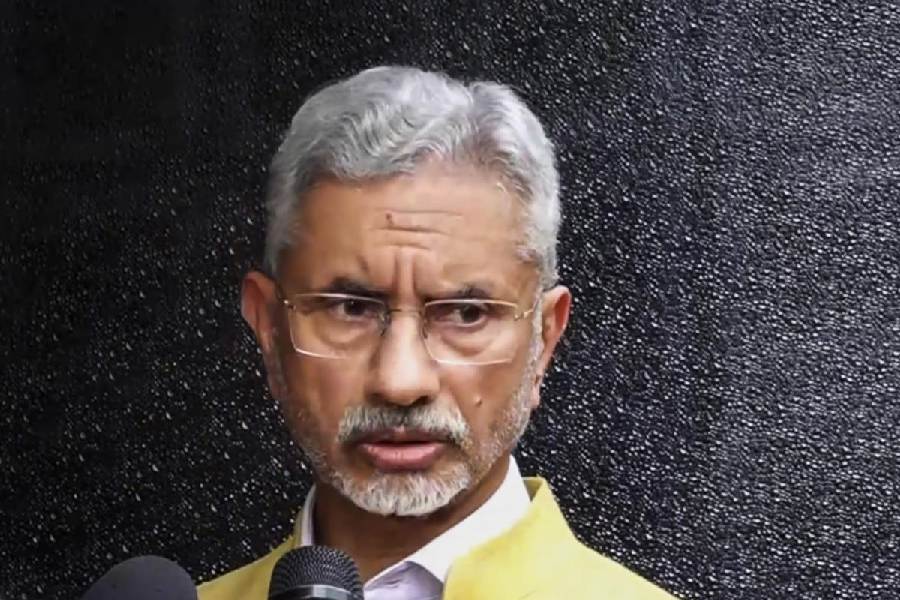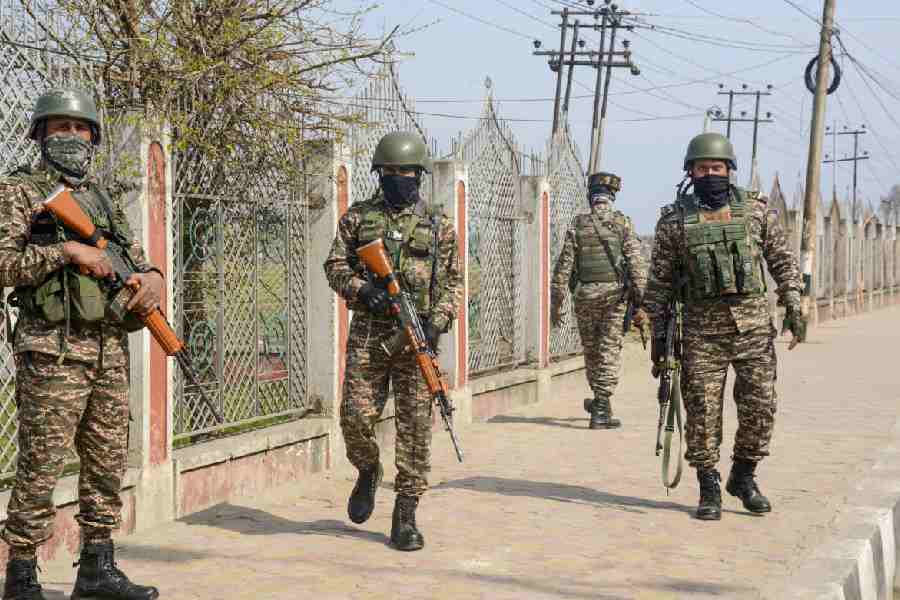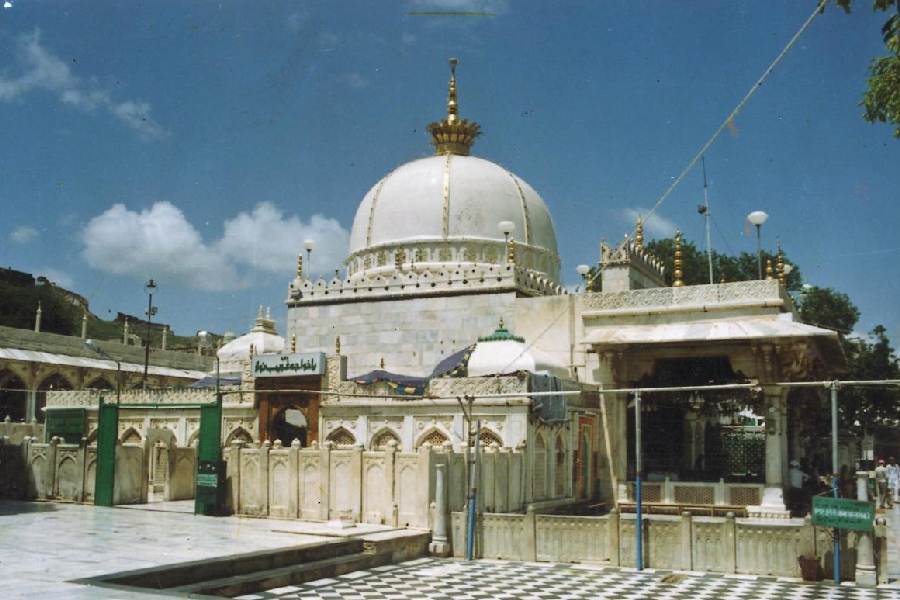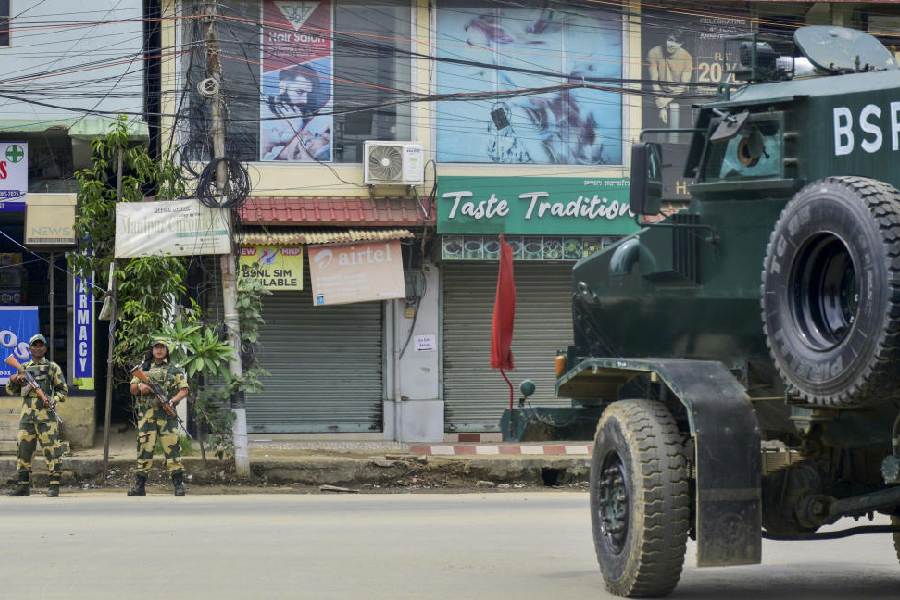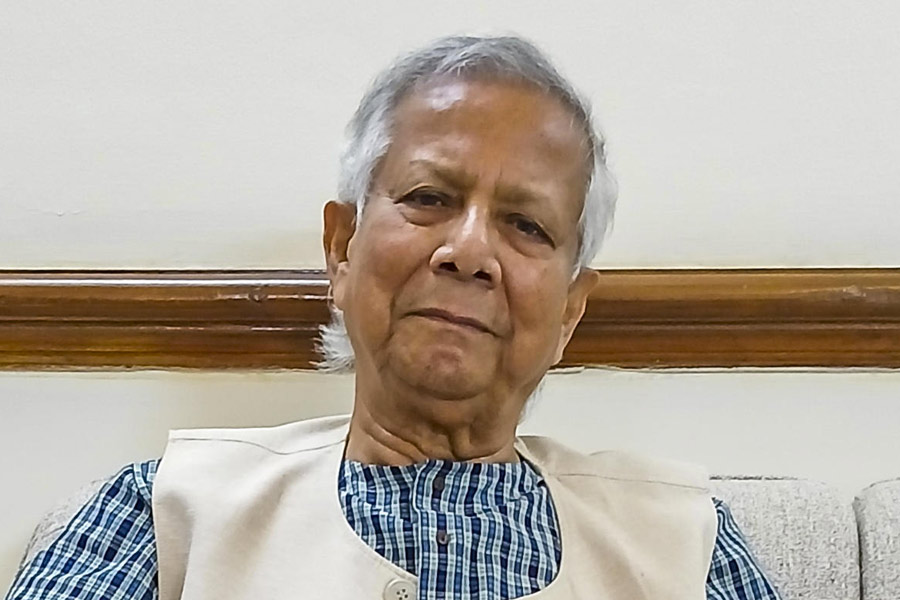|
|
| Ranjit Singh by Imam Bakhsh Lahori, 1841 |
After the Great Mughals Painting in Delhi and the Regional Courts in the 18th and 19th Centuries Edited by Barbara Schmitz, Marg, Rs 2,250
Any narrative of 18th-19th century-India, whether of political or aesthetic history, reflects upon the decline of the Mughal empire. The collapse of the central edifice around the 1740s gave rise to a number of power bases which sprang from its fragments. To cite a few examples, Alivardi Khan in Bengal, the Nizam in Hyderabad and Safdar Jang in Awadh detached themselves from the central axis of Delhi and Agra and based their strategy on the consolidation of their local power.
In Hyderabad, Awadh and Bengal, an appearance of Mughal grandeur was noticed in court rituals, in architecture, music and the arts. The regional aristocracy of these successor states helped create a local nexus of authority, which drew its inspiration from the imperial Mughals through a process of cultural assimilation. The artists from the royal atelier who had more or less dispersed after the collapse of authority in Delhi sought patronage elsewhere. Some of them ultimately brought to these regional schools elements of realism and Mughal craftsmanship which contributed significantly to the maturation of the regional aesthetic. Although Mughal conceptions, rich in its Persian heritage, considerably influenced painting in these regions, there remained a clear distinction, if not in form but surely in content.
For example, the reigns of Shuja-ud-Daula (1754-75) and Asaf-ud-Daula (1775-97) attracted to Awadh writers and artists escaping the wreck of Delhi. Here, during the reign of Shuja-ud-Daula, the stock subjects favoured in the Mughal court were repeated but only in a more localized style. The colours were warmer — reds, oranges and purples. Added to this was a vast amount of gold set against whites and grays, creating an exotic effect. However, the provincial Awadh portraits lacked the grandeur of the Mughal style.
Again, the Hyderabadi style that flowered under the Nizams owes something to the earlier Deccani schools, especially in colour combinations and compositions. As Ratnabali Chatterjee has noted, towards the latter part of the 18th century, a considerable southern Hindu element, in terms of Hindu texts, iconography, clothes and gestures becomes apparent. These strong regional tendencies would lead to formation of schools and sub-schools, loosely classified as “popular Mughal” in art historical narratives, with their distinctly identifiable local nuances and styles.
Even during the dissolution of the Mughal empire, it was the patron who served as the central figure in the production of any form of art. Right upto the period of Mir Kasim, we see artists signing their names as being in the service of nobles. The court artist, whose identity was established only through his service to the nobility, clung to this dominant visual ideology. Interestingly, in this period a new class of patrons emerged, in which were both members of the nobility and the visiting Europeans. European officers like Colonel Antoine Louis Henre Polier, who joined the entourage of Shuja-ud-Daula, as well as Jean-Francois Allard, who was employed under Maharaja Ranjit Singh, were known to have been collectors of indigenous paintings. Yet in the doldrums of 18th century politics, the well-defined identity of the patron was sometimes blurred and the artists turned to anyone who was willing to play out the social role.
Schools like that of Awadh, Lucknow and Murshidabad flowered into India’s last vital art form before the impact of British colonialism made itself felt in the 19th century. Despite their vivacious colours and ingenious structures, these schools are often ignored or relegated to oblivion in conventional art historical narratives as “degenerate” art forms when posited against the grander style of the Mughal court.
These and other such comparable issues have been considered in the articles surveyed in this volume. Together, they illustrate the various methodologies that are generally used in studying and analysing the different genres of regional art schools. The articles are connected in their attempt to locate a narrative for such generally ignored bodies of work, making it a refreshing reading. They take up such questions as the politics behind the formation of regional schools, that which influence the individual patron and painter, and the issues of authenticity and intent. Looking at both private as well as institutional collections in India and abroad, the exceptionally well-documented visuals provide the reader a glimpse into the pluralities and complexities of existing art forms in the 18th and 19th centuries.
However, the detailed research and expertise in the accompanying articles would make this volume a little tedious for the lay reader. The tendency to give more weight to a formal and semiotic analysis of the rich and varied areas of research, makes the text more useful to a specialized audience with knowledge of the intricate details of this period. The lack of a general overview of the period is felt from the very beginning with Barbara Schmitz commencing her introduction with the confidence that the audience would be aware of the broader history this volume attempts to interrogate.
However, it would be preposterous to disregard a book for its impeccable research. But if written in a more accessible manner, a volume such as this would have created a broader impact than it can possibly accomplish presently.



